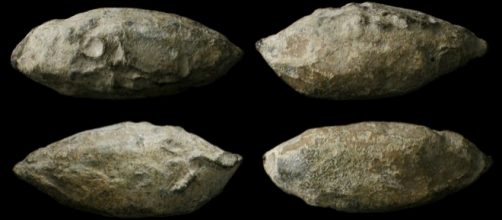Archaeological fieldwork at Burnswark, which is located just south of Scotland's capital Edinburgh, has uncovered one of the most powerful weapons in the arsenal of the Roman Empire. The two men overseeing the fieldwork and the experiments done at the site are John Reid, a researcher at the Trimontium Trust and Andrew Nicholson, a researcher at the Dumfries and Galloway Council.
How did Reid and Nicholson find the site?
The site at Burnswark started to be excavated five years ago by Reid and Nicholson, as they wanted to find out what really happened at the site involving the Roman Empire.
They used metal detectors to find evidence at the site, which was already known to include the remains of two Roman camps. It had been debated by archaeologists if the site was the location of a Roman siege of local tribes living in the hills or just where a Roman training camp was setup.
The duo ended up finding a lot of small lead bullets, about 2,700 of them. Around 400 of these bullets were dug up to be examined by archaeologists. Each lead bullet weighed around 1.76 ounces (50 grams) and around 10 percent of the bullets had small holes in them. It is known that the Romans used slingshots in battle, but those at the site were puzzled as to why there were so many here.
Testing the weapon
The results of the experiments done on these lead bullets were published in National Geographic.
Several copies of the bullets, both the solid and holed versions, were made and given to a trained slinger for testing. The solid lead bullets were found to hit speeds up to 100 miles per hour (160 kph) when in flight and could hit targets smaller than a human from 390 feet (130 yards) away. They also had the same stopping power as a modern-day .44 magnum. The bullets with holes were not as powerful but produced "a weird banshee-like wail", which Nicholson believes was used to try to terrify the enemy.
Brunswark was a battle site
The locations and the sheer amount of lead bullets found at Brunswark clearly point to the site being the location of a battle between the Roman Empire and local tribes.
Comparative studies on the age of the relics and items found at the site suggest that the battle took place around 140 A.D., shortly after Antoninus Pius (86-161) had become Emperor of Rome. Pius needed to prove himself as a new Emperor with a military victory. He decided to unleash the might of the Roman army of the tribes that live north of Hadrian's Wall, resulting in the battle that took place at Brunswark.


